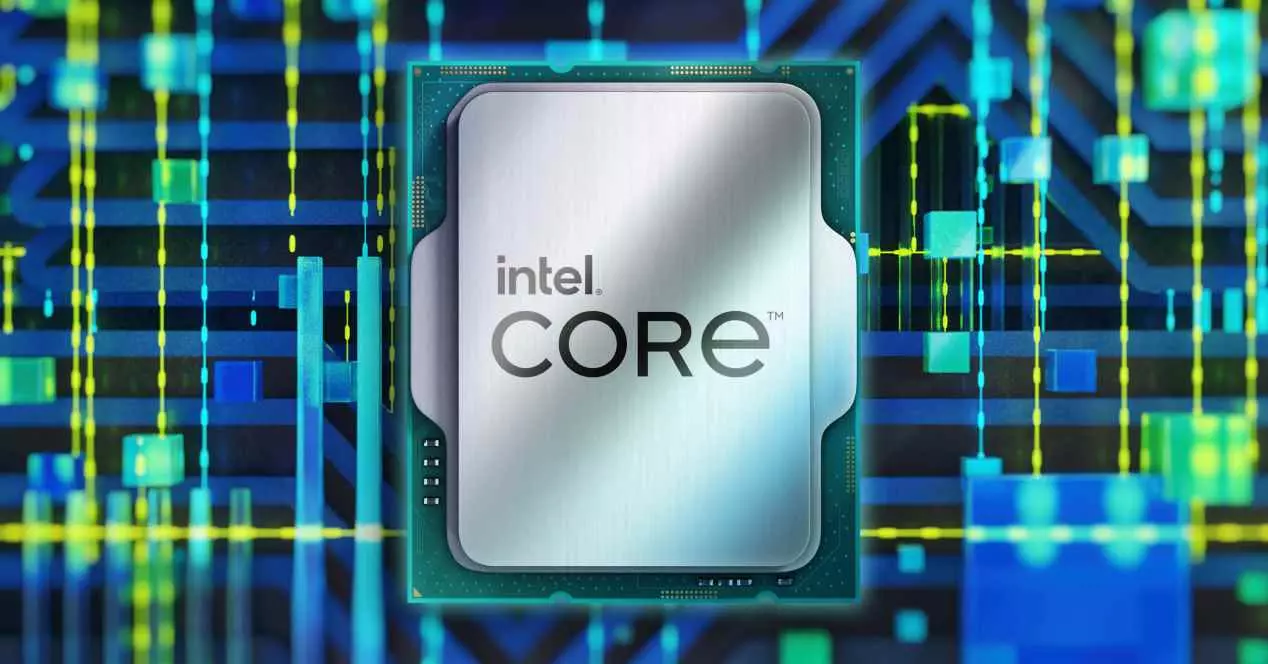
One of the things that surprised us most about Intel and its 12th generation Core microprocessors was the RAM support. Since we have a dual memory controller, one for DDR4 and the other for DDR5. While AMD, on the other hand, with its Ryzen 7000 under AM5 socket, is going to contribute for the second. Well, 4th generation DDR could have its days over in Intel processors as well. The reason? ANDThe performance the i7-13700K gains with DDR5.
The main function of a processor is to execute the instructions of computer programs as quickly as possible. When executing each of them is when the time it takes is a measure of performance that we try to maintain. However, when we have several cores working at the same time, it is when the flow or volume of data that enters is very important and, therefore, it is when the bandwidth is more important.
20% more performance with the i7-13700K when using DDR5
One of the improvements we’ll see in the next generation of Intel processors is a faster DDR5 memory controller, supporting non-overclocked memory speeds of up to 5.6 billion transfers per second. Well, it seems that the i7-13700K has a fairly considerable speed increase when using 5th generation DDR. And this is not something that we say and we have not invented it either, but it is what is deduced after testing an i7-13700K with DDR5, on the one hand, as main memory and DDR4 on the other. The test has been done on different motherboards with 2 memory modules of 16 GB each.
| a single core | multiple cores | |
|---|---|---|
| Intel Core i7-13700K with DDR4-3200 memory | 2090 | 16452 |
| Intel Core i7-13700K with DDR5-5200 memory | 2069 | 19811 |
The disparity between the results is explained by what we have said in the introduction. As for the results with a single core, we must assume that DDR5 has a higher latency than DDR4, which reduces the speed when executing instructions. However, the use of a faster memory controller decreases latency compared to its predecessor.
However, when we have a beast of 8 P-Cores and 8 E-Cores at the same time and with the ability to process up to 24 threads of execution such as the i7-13700K, then when a greater volume of information has a greater importance and this ends up masking the latency. Let’s not forget that the main difference between Core 12 and Core 13 is the addition in all equivalent configurations of 4 E-Cores.
Crucial when choosing motherboard
This is important to know due to the fact that the Intel Core 13 will be compatible with the current 600 series boards, where we can find among them several models that support DDR4 and not DDR5. So if you’re thinking of saving up for a new PC based on the next generation of Core processors, then this might help you, as 20% more power on the i7-13700K with DDR5 isn’t exactly a small improvement in performance.
On the other hand, we would not be surprised to see motherboards compatible with DDR4, disappear faster from stores and more with the continued drop in price of the new memory standard. In any case, it is clear that it will soon be time to fully transition, regardless of the brand of your processor.




